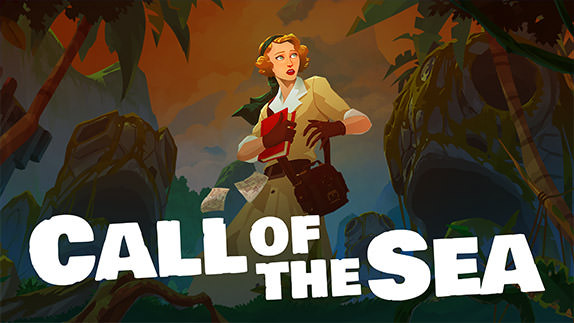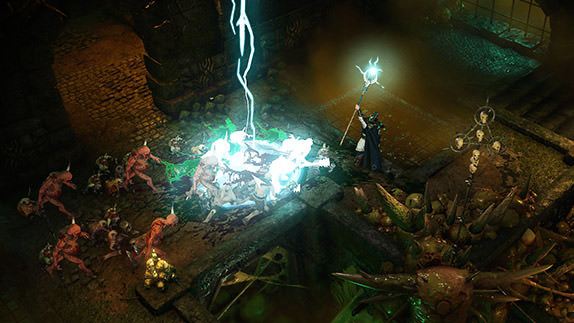Valkyria Chronicles 4 Review

 By Kevin Mitchell
Posted on September 13, 2018
By Kevin Mitchell
Posted on September 13, 2018
The initial chapter in the tactical role-playing game series Valkyria Chronicles became a hit on PlayStation 3 (later released on PC and PS4) amassing a cult following; however, the subsequent follow-ups were limited in scope and released only on the PlayStation Portable platform. The newest title is the fourth entry (the third Chronicles title didn’t even release outside of Japan), not counting the lackluster spin-off titles, it closely resembles the first game, almost to a fault. It successfully returns the series to the beloved tactical gameplay that longtime fans have been waiting for.
Although Valkyria Chronicles 4 takes place in the same fictionalized Second European War (World War II), set in the Europa continent, the game follows a group of Gallian citizens fighting for the Atlantic Federation fighting against the Eastern Imperial Alliance. As the leader (Claude Wallace) of Squad E, it has become your duty to attempt to end the war in a single counterattack by capturing the Imperial capital. This one action should bring a swift end to the bloody conflict that has engulfed the world. The game once again blends the need for action-focused gameplay with a deep sense of command and strategy. Every “phase” or turn can be broken down into two unique and necessary components that define the game series: command and action.
The gameplay similarities to the original title should be apparent for long-term fans of the series, although some refinements have been made. Battles begin by showing you an overhead map view of the current theater of war and your units positions after choosing those best fit for the current situation. Going up against an armored division? You should think about bringing your own tank and lancers, which serve as the primary anti-tank infantry class. Need to dominate from long-range? Make sure to bring snipers that can headshot enemies from a safe distance. The remaining classes all have best use cases, such as the new grenadier unit that is vulnerable at close-range but makes up for it with explosive offensive capabilities. As a turn-based title, you’ll complete all of your actions first, and then wait for the enemy to complete their phase. Of course, this doesn’t mean you are free to roam around the environment freely, as if you cross the line of sight and within range of a combatant, you’ll be surely fired upon or killed in action.
In between missions, the narrative is primarily told through dialogue sequences, instead of animated cutscenes. I would have liked to see an evolution on this front, but it does keep with the game’s storybook presentation styling. While controlling an individual unit, the view changes to the trademark beautiful and colorful watercolor visuals that oozes charm and personality. For each phase, you have a set number of command points (CP) at your disposal. Selecting a unit using a single command point, and if you end your turn completely, any remaining CPs carry over to subsequent turns. During an action, when you directly control a unit, the AP gauge will deplete while you are moving.
At any point you can target an enemy, using the analog sticks to line up your shot. Headshots provide the most damage, but shots are easier to miss than targeting the body. You’ll need to take precautions as missing your target or failing to finish them off, and ending your turn in a vast open space leaves your unit as a prime target for counterattacks. The best methodology would be to ensure you can protect your units behind sandbags or your armored vehicles. Based on the weapon being used, and distance, the top of the screen indicators how many shots are required to finish an enemy soldier, as well as if they are protected or vulnerable against different types of weaponry. You may select the same unit multiple times during a single turn, but they will start with less and less AP. Ammunition won’t replenish until you end your turn, so you can’t just use your tank to power through all obstacles. Of course, mistakes happen, and one poor decision can be the last you see of a unit; permanently. If a unit’s health depletes to zero, you will have a couple turns to send a medic unit to heal them before perishingly to the great unknown.
As you progress through the campaign, you’ll learn more about each member of your squad, all of whom have their own unique story and personality. While already containing a quite lengthy campaign, there are optional side-missions to complete for individuals as well, further expanding upon their side of the story. Every character has a set of traits that can affect their usefulness in combat. If you have someone that prefers to act alone, grouping them nearby someone else may negatively impact their ability. Similarly, a character may prefer to group up with certain individuals subsequently providing stat bonuses in set situations. This adds to the complexity of choosing which units to bring into engagement beyond only looking at their class.
Simply Put
Valkyria Chronicles 4 is the best entry in the series since the original game released over ten years ago. Regardless of the difficulty chosen (you can switch between easy and normal at any time), missions take quite some time to complete (you may be playing a single mission for close to an hour), which helps you feel rewarded for completing each one. Successful missions provide you with experience points to level up and further upgrade your squad’s equipment.
Note: Valkyria Chronicles 4 was reviewed on Xbox One. A digital copy of the game was provided by the publisher/developer.




